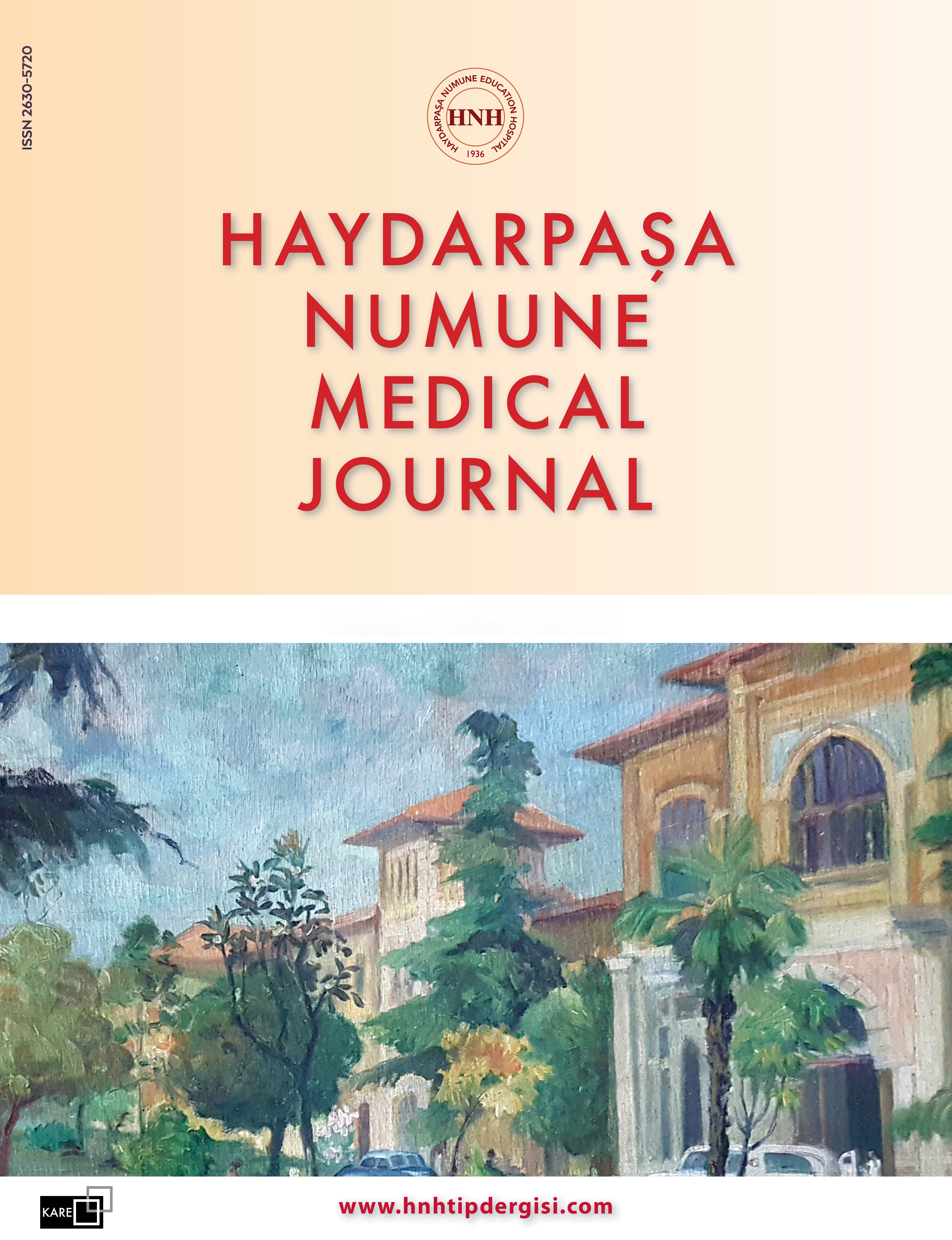Investigation of the Relationship Between Different Sonographic Measurements and the Electrodiagnostic and Clinical Characteristics of Carpal Tunnel Syndrome
Feyza Nur Yücel, Emre AtaDepartment of Physical Medicine and Rehabilitation, University of Health Sciences Türkiye, Sultan Abdülhamid Han Training and Research Hospital, Istanbul, TürkiyeINTRODUCTION: Sonography is now one of the most widely utilized diagnostic methods for carpal tunnel syndrome (CTS) in clinical practice. The extensive use of sonography has made it necessary for clinicians to determine the relationship of these parameters with disease characteristics. The aim of this study was to examine the correlation between the clinical and electrodiagnostic characteristics of CTS patients and various sonographic measurements.
METHODS: Clinical and demographic variables, including hand dominance, symptom duration, and pain intensity, were documented. Neuropathic pain was investigated using the Self-Leeds Assessment of Neuropathic Symptoms and Signs (S-LANSS); symptom severity and functional status were assessed with the Boston Carpal Tunnel Questionnaire (BCTQ). Cross-sectional areas (CSA) of the median nerve at the maximum, tunnel inlet, outlet, and pronator quadratus levels were measured, and Δmax, Δinlet, and Δoutlet were calculated. The correlation between sonographic measurements and clinical and electrophysiological findings was examined.
RESULTS: Of the 46 participants, pain intensity was positively correlated with CSAinlet (r=0.293, p=0.046), Δmax (r=0.359, p=0.013), Δinlet (r=0.356, p=0.014), and Δoutlet (r=0.330, p=0.025). CSAoutlet (r=0.365, p=0.013) and Δoutlet (r=0.382, p=0.009) showed a positive correlation with neuropathic pain intensity. Sonographic parameters did not show a significant correlation with S-LANSS or BCTQ (p>0.05). A significant correlation was found between CSAmax and median motor distal latency (r=0.286, p=0.020) and sensory amplitude (r=−0.256, p=0.029).
DISCUSSION AND CONCLUSION: Different sonographic measurements represent different aspects of CTS; combining these data according to clinical needs will be useful in the management of these patients.
Manuscript Language: English
















